What if one overlooked tree stump could attract more than 30 species of insects and fungi, putting your entire garden’s health at risk? Stump grinding isn’t just about looks—it's a vital solution for a vibrant, safe, and welcoming yard. In this comprehensive guide, you'll uncover the secrets of effective stump grinding, see why it matters, and get easy-to-follow steps for reclaiming your outdoor sanctuary.
Stump Grinding: The Surprising Impact on a Pristine Yard
- Did you know a single rotting tree stump can attract over 30 species of insects and fungi, severely impacting your garden's health? Discover why stump grinding isn’t just aesthetic—it's a vital yard solution.
The presence of old tree stumps is more than a mere inconvenience—in fact, they can harbor pests, create tripping hazards, and spoil the look of your landscape. Left unchecked, a decaying stump becomes a magnet for destructive insects and harmful fungi that quickly spread to healthy plants and even your home’s foundation. Stump grinding acts as a shield, removing this risk and restoring both beauty and safety to your property.
By choosing to stump grind rather than ignore the problem or opt for complete stump removal , you’ll not only improve your yard’s appearance but also protect the underlying ecosystem. Advanced stump grinders make this process efficient, while also preventing regrowth and discouraging pests from taking up residence in the remains. The difference is immediate: a clean, safe yard free from hazards and invasions.
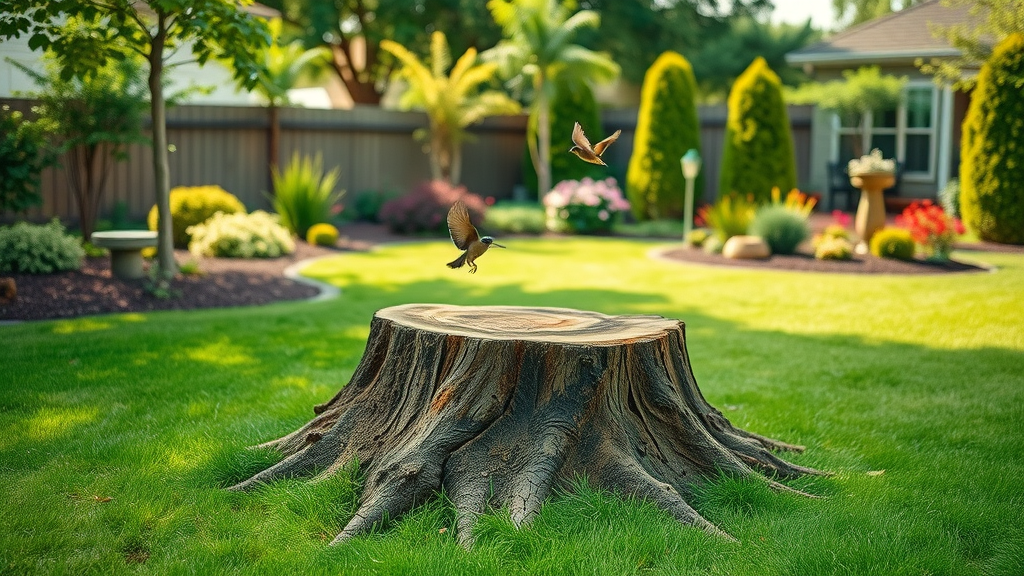
Achieving a Clean Yard with Stump Grinding: Goals and Benefits
- How stump grinding transforms outdoor spaces
- Safety and property value improvements
- Eco-friendly advantages of modern stump grinders
- Preventing tree stump regrowth and pest issues
Stump grinding does much more than erase an eyesore—it catalyzes total landscape rejuvenation. By grinding a stump to below ground level , you seamlessly integrate the space back into your lawn or garden bed. This transformation creates new possibilities for planting, landscaping, or hosting outdoor activities. No more dodging around a hard stump or dealing with disruptive tree roots. Instead, a well-executed stump grind puts control of your yard firmly back in your hands.
Safety is another massive benefit. Old tree stumps are a frequent cause of household trips and falls—especially for children and visitors. By eliminating these hazards, your property instantly becomes safer. At the same time, property value increases. A clean, obstacle-free lawn is more attractive to buyers and reflects responsible ownership, boosting your home’s marketability. Plus, using advanced stump grinders is environmentally friendly, as they minimize soil disruption, allow repurposing of wood chips , and prevent harmful chemicals from leaching into your garden.
The eco-benefits continue as modern stump grinding methods curb regrowth—eliminating the chance a tree will sprout from its roots. Removing the stump reduces the habitat for pests and disease spreaders, ensuring the rest of your landscape thrives. Overall, a clean yard from stump grinding isn’t just a visual upgrade; it’s a smart, green, and safe investment.
When planning your yard improvements, it's also wise to consider the broader costs associated with professional tree care. For a detailed look at budgeting and what to expect from expert services, explore this comprehensive guide on tree service costs and how to plan for professional care .
Stump Grinding Defined: What Does the Process Entail?
- Core steps of stump grinding
- Comparison to traditional stump removal
- Use of advanced stump grinders
The stump grinding process starts with a straightforward goal: reduce the protruding wood of a tree stump and accompanying roots well below the surface of the soil. A professional operator or skilled DIYer uses a stump grinder —a machine equipped with a high-speed rotating blade or cutting wheel. The device chips away the wood piece-by-piece, turning it into usable mulch or wood chips in minutes. The area is then left even with the surrounding ground, blending seamlessly with the rest of your yard.
In contrast, traditional stump removal employs heavy machinery and often entails digging out the entire mass of roots as well as the stump, resulting in significant disturbance to soil, landscaping, and sometimes underground utilities. While both methods have their place, stump grinding is favored for its precision, minimal invasion, and faster recovery times for your landscape. Advanced machines—ranging from walk-behind models for tight urban spaces to heavy-duty self-propelled grinders—make the job safer and more efficient than ever.
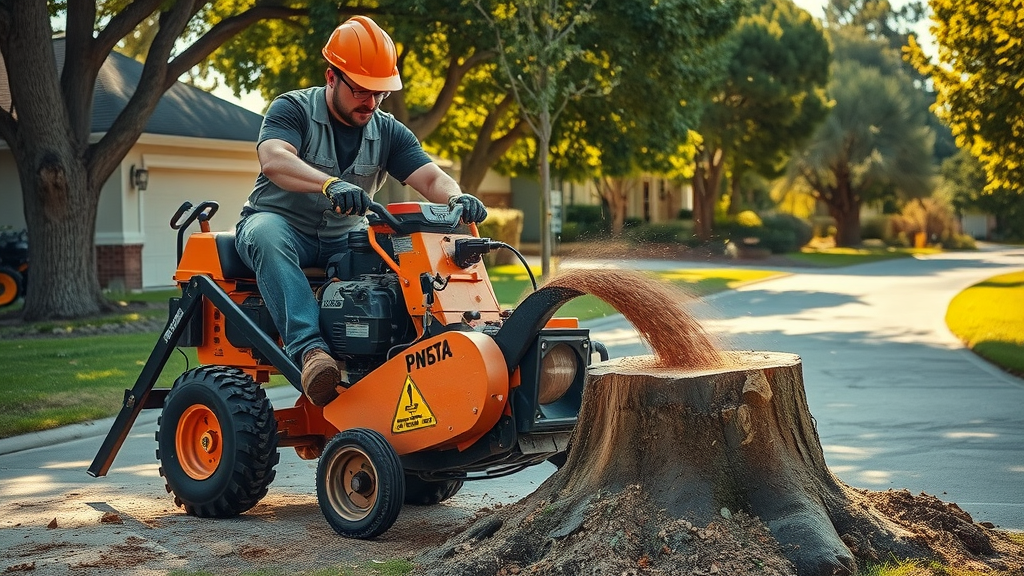
Stump Grinding vs. Stump Removal: Which Method is Best?
"While stump grinding leaves your yard intact, traditional removal often results in major disruption and higher costs."
- Key differences between stump grind and stump removal
- Situations where stump grinding excels
- Evaluating long-term yard impacts
Choosing between stump grinding and stump removal often depends on yard goals and the condition of your landscape. With stump grinding, the process focuses on eradicating the visible portion of the stump quickly and efficiently. The grinder’s rotating blade eats away at the wood, turning it into mulch, and leaves the underground roots undisturbed. This method causes minimal damage to lawns, paths, and irrigation systems, allowing for easy landscaping right after the grinding process .
Conversely, stump removal is far more disruptive. It requires powerful heavy machinery to uproot not only the main stump but an extensive web of roots. This can create large holes, damage adjacent plants, and increase the need (and cost) of repairs to the landscape. Removal should be considered only in cases of severe disease, future construction, or when the complete root system must be eliminated for new building projects.
If your goal is a fast, clean, and eco-friendly solution, stump grinding is ideal. It’s particularly well-suited for yards with multiple stumps, established lawns, and gardens where minimal disruption is important. For most homeowners, grinding delivers the pristine look they seek without the long-term scars and costs associated with full stump removal.
Types of Stump Grinders: Choosing the Right Equipment
- Walk-behind, self-propelled, and track stump grinders
- Matching stump grinder type to your yard's needs
- Professional vs. DIY stump grinding
There’s an array of stump grinders available, each suited to different needs and yard sizes. Walk-behind stump grinders are compact and maneuverable, making them perfect for small stumps , tight spots, or DIY projects where minimal soil disruption is needed. For mid-sized jobs, self-propelled stump grinders offer increased power and efficiency; these are commonly used by landscaping professionals tackling average residential properties.
When dealing with large stumps or difficult terrain, track stump grinders are preferred. Their wide tracks distribute weight evenly, allowing the machine to easily move over muddy or uneven ground with minimal damage to lawns or gardens. Choosing the right grinder depends on the tree stump size, access to the area, and the final landscaping plan. While homeowners may consider renting a stump grinder for a DIY job, professional-grade machines deliver better results for large-scale or complex grinding tasks.
If considering a DIY approach, remember operating heavy machinery like a stump grinder requires skill and caution. Renting equipment involves understanding the grinder’s controls, safety protocols, and the physical demands of maneuvering the machine—consider the risks, like hitting underground utilities or incomplete removal. For most, hiring a professional grinding service ensures thorough work, safety, and optimal site restoration.
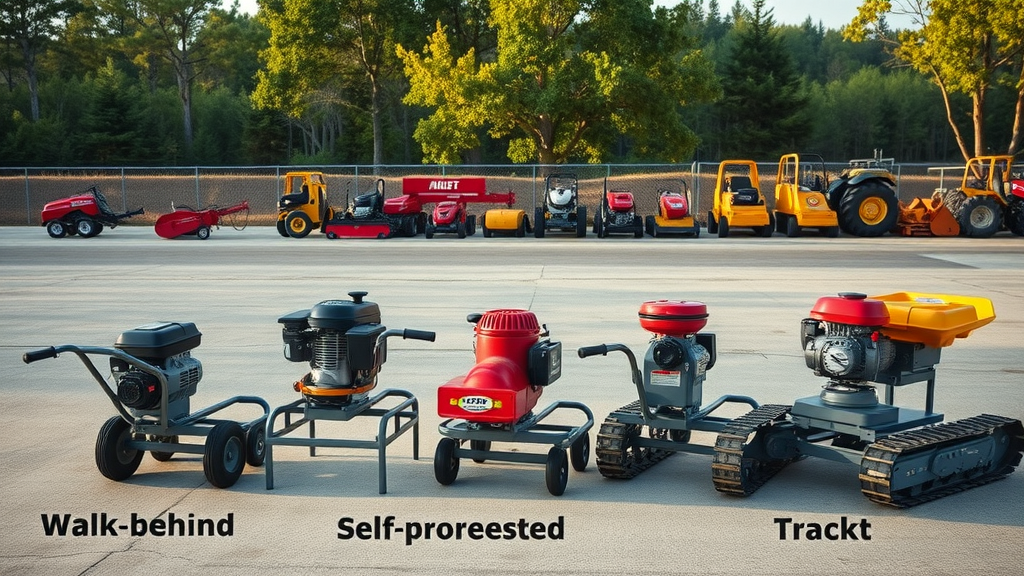
Should You Rent a Stump Grinder or Hire Experts?
- Renting a stump grinder: cost and complexity
- Assessing risks of DIY vs. hiring a grinding service
- When a professional stump grinding service is the best investment
Renting a stump grinder is tempting for the DIY-minded homeowner who’s looking to save money and tackle a yard project head-on. Rentals typically cost between $90 and $200 per day—enough to handle a small stump or two if you’re experienced with outdoor machinery. However, DIY jobs can get complicated by equipment complexity, the need for safety gear, and the risk of damaging underground features or leaving roots behind that could cause regrowth. It also demands physical effort, and the cost may rise with multiple stumps or labor-intensive locations.
Weighing the risks of DIY versus hiring a grinding service , most homeowners find value in expertise. Professionals have access to advanced stump grinders , apply best-practices for public safety, and usually include debris cleanup in the stump grinding cost . When dealing with large, deep, or multiple stumps—or when underground utilities are a concern—professional services minimize property risk and ensure a complete job. Plus, reputable companies carry insurance, offering peace of mind if unexpected issues arise.
Ultimately, the best investment depends on your comfort with specialized equipment , the number and size of stumps, and your willingness to take on labor and risk. For delicate landscapes, safety, or multiple stumps, trusting a skilled professional is almost always the wiser—and ultimately more cost-effective—choice.
Step-by-Step Guide to Stump Grinding for a Clean Yard
- Site preparation and safety
- Operating the stump grinder effectively
- Cleaning up and repurposing grinding debris
Ready to restore your space? The ideal stump grinding process begins with smart preparation. First, remove any rocks, garden decorations, or debris from the area. Mark nearby underground utilities and keep children and pets at a safe distance. Don your safety gear: helmet, goggles, ear protection, gloves, and sturdy boots are all essential before starting up the stump grinder .
Position your machine close to the tree stump —always on stable, level ground. Start the grinder and, following the manufacturer’s instructions, carefully lower the rotating blade onto the wood. Work the grinder side-to-side, steadily shaving away layers of the stump until it’s well below the soil’s surface. The result: a pile of fine wood chips , and a smooth area ready for landscaping.
To finish, rake the wood debris into a pile and use it as mulch for garden beds or pathways, or haul it away per your recycling plan. Fill in the hole with topsoil, tamp lightly, and sprinkle grass seed or plantings as desired. With each step, you’re not merely removing an obstacle—you’re kickstarting your yard’s renewal and supporting a clean, healthy landscape.
Watch a Stump Grinding Professional at Work: See the Complete Process
Stump Grinding Cost Breakdown: Factors and Comparisons
| Service Type | Average Cost per Stump | Additional Fees |
|---|---|---|
| Professional Stump Grinding | $100–$400 | Hauling debris: $50+ |
| Stump Removal | $350–$700 | Landscape repair: $100+ |
| Stump Grinder Rental | $90–$200 per day | Fuel/transport: $30+ |
Understanding stump grinding cost helps you budget and compare services. Professionals generally charge $100–$400 per stump, which includes labor and cleanup. If you opt for stump removal , expect $350–$700 per stump—plus potential fees for landscaping repairs. Stump grinder rental costs range from $90 to $200 per day, plus any necessary supplies and transport. The actual price will depend on factors like stump size, wood hardness, location, ease of access, and whether debris removal is included.
Long-term, stump grinding may be more cost-effective, considering it’s less invasive and requires less restoration after the work is done. Always compare several quotes, clarify what's included, and ask about any volume discounts for multiple stumps to maximize your savings while achieving a pristine yard.
How Stump Size and Tree Type Affect Stump Grinding Cost
- Influence of stump diameter and wood hardness
- Multiple tree stumps: volume discounts and considerations
The grinding cost of removing a stump is directly tied to its size and type. A large diameter stump or one from a dense, hardwood tree like oak or hickory will require more time and put more strain on the stump grinder . This may increase the overall fee, compared to softer wood species. The location and accessibility of the stump also matter—tight corners or sloped yards are often more labor intensive and therefore, more expensive.
If you have several tree stumps needing attention, many contractors offer volume discounts. Grinding multiple stumps at once saves on setup and travel, and most reputable grinding services will factor in a reduced per-stump rate for jobs that involve clearing an entire yard. Always discuss discounts upfront and clarify whether cleanup and restoration—such as refilling holes or applying mulch—are included in the base rate.
Common Mistakes to Avoid During Stump Grinding
- Incomplete grinding and hidden tree roots
- Damaging underground utilities
- Safety oversights with stump grinders
A successful stump grinding project requires attention to more than just the visible wood. One common error is failing to grind deep enough or overlooking lateral roots, which can sprout new shoots or attract pests if not fully addressed. Another risk is neglecting to check for underground utilities; a misdirected grinder can easily cut into pipelines or wiring, leading to costly and dangerous repairs.
Negligence around equipment is equally serious. Without the proper safety gear—helmet, goggles, ear shields, gloves, and boots—injuries can occur quickly. In addition, leaving pets or children nearby is a recipe for disaster. Proper planning, marking utility lines, and taking every safety precaution ensures both effective results and a hazard-free experience for everyone on site.
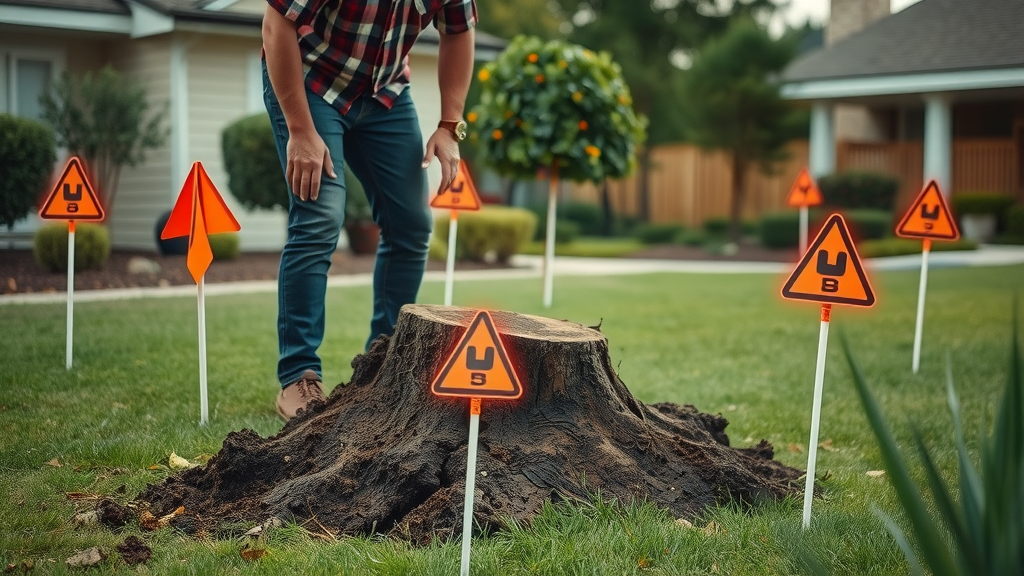
Stump Grinding Safety: Essential Tips
- Safety gear for using stump grinders
- Precautions for children and pets
Personal safety is paramount during any stump grinding task. Always begin with the right gear: a helmet and face shield, safety glasses, heavy-duty gloves, ear protection, and steel-toed boots. Never operate a stump grinder in loose or inappropriate clothing—long pants and close-fitting attire help prevent snags and injuries. Before powering up, carefully read the machine's manual and ensure you understand all controls and emergency shutoff mechanisms.
In addition to personal safety, keep children and pets at a considerable distance from the working area. Set up visual barriers or temporary fencing to emphasize the danger zone. After grinding, thoroughly check the site for hidden wood fragments or roots before allowing anyone back. These simple steps ensure everyone remains safe and injury-free—especially important in busy family yards.

After Stump Grinding: Restoring and Revitalizing Your Yard
- Filling in grinding holes after a stump grind
- Using mulch from the grinding process
- Reseeding and landscaping tips
Once the stump grind is complete, attention turns to repairing and enhancing the landscape. Start by clearing away excess wood chips —these can be reused as mulch in flowerbeds or garden paths to nurture plant growth and retain soil moisture. For the former stump hole, fill in with clean topsoil, tamp it gently, and smooth the surface to match your yard’s natural contour.
The next step is to reseed the area with grass or lay down new sod, ensuring quick regrowth and a uniform look. If you’re aiming for even more curb appeal, now’s the perfect opportunity to landscape creatively—add a garden bed, plant a bright cluster of flowers, or create a new patio area where the tree stump once stood. With diligent aftercare, your yard not only recovers but becomes more beautiful and functional than before.
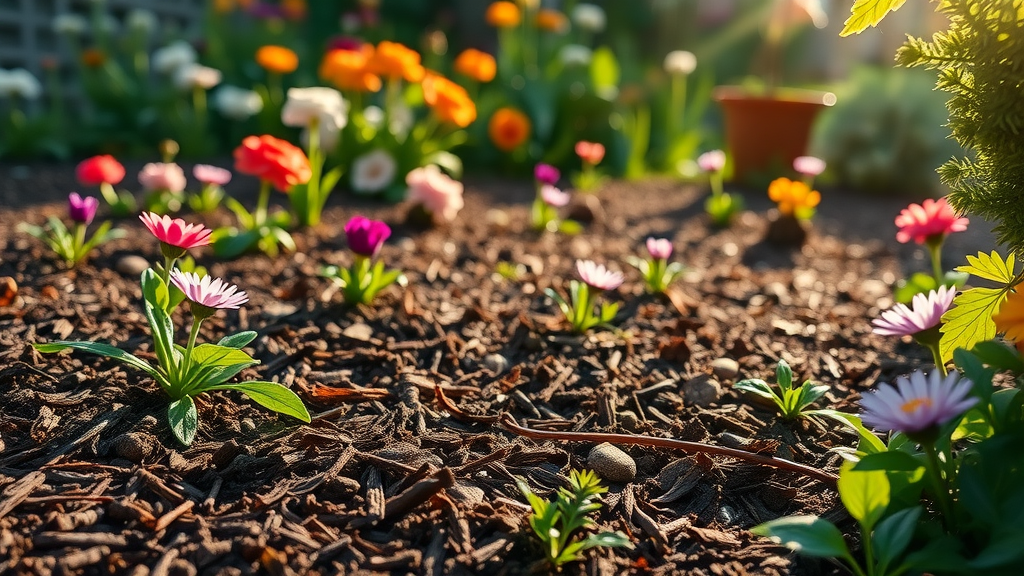
When to Choose Stump Removal Over Stump Grinding
- Cases requiring full root extraction
- Major landscaping or construction plans
- Weighing tree stump removal costs
While stump grinding suits most homeowners’ needs, some scenarios justify considering full stump removal . If you’re planning substantial construction—like a pool, new garage, or driveway—removing all root material is sometimes required for stability and safety. Certain tree diseases, like root rot or infestations, may also warrant complete extraction to prevent spread to other parts of your yard.
That said, tree stump removal is typically more invasive and expensive than grinding. It’s best reserved for when future plans absolutely demand root-free soil, or when the risk of microbial or pest issues outweighs the higher stump removal cost. For most upgrades or beautification projects, sticking with stump grinding ensures quicker recovery and less disruption to your landscape.
Environmental Impact: The Eco-Friendly Choice of Stump Grinding
- Recycling stump grinding debris
- Protecting soil and plant life
- Sustainable yard practices
Choosing stump grinding is not just practical—it's also an environmentally sound decision. The process generates valuable wood chips and mulch, both of which enrich soil and conserve moisture when repurposed on-site. Grinding, as opposed to removal or chemical treatments, causes less soil disruption and preserves beneficial microorganisms and nearby plant roots, supporting a stable and thriving ecosystem.
By avoiding chemical stump removers and heavy excavation, grinding keeps your outdoor space healthier and reduces the carbon footprint associated with debris hauling. Sustainable yard management goes hand-in-hand with stump grinding —it’s a solution that nurtures your garden while respecting the broader environment.
Choosing a Reliable Stump Grinding Service: What to Look For
- Credentials and insurance
- Equipment quality and operator experience
- Local customer reviews and guarantees
When it's time to hire a stump grinding service , look for licensed and insured providers who use modern, well-kept equipment. Credentials matter; check that the operator is experienced, trained, and follows all local regulations. Review online feedback and testimonials to confirm reliability, professionalism, and consistent results on previous jobs.
Also, clarify what’s included in the quoted price: Does it cover complete grinding, debris removal, and restoration, or just the grinding itself? Reputable services are transparent about guarantees and willing to answer all your questions. By selecting professionals with a proven track record, you’re far more likely to achieve the clean, beautiful yard you envision.
"Hiring a licensed and insured grinding service gives homeowners peace of mind and guaranteed results."
People Also Ask: Stump Grinding FAQs
How much does it cost to grind one stump?
- The average cost to grind one stump ranges from $100 to $400, depending on the stump’s size, location, and wood type. Professional grinding services often include debris cleanup in the quote.
Is it worth it to grind a stump?
- Yes, stump grinding is typically the fastest and most effective method to clear unsightly tree stumps, halt regrowth, prevent pests, and safeguard your property’s value.
How much does it cost to grind a tree stump out?
- On average, grinding a tree stump out costs between $100 and $400. Costs can increase for larger or harder stumps, or if obstacles complicate the process.
How much does it cost to hire a stump grinder?
- Renting a stump grinder typically ranges from $90 to $200 per day, while hiring a grinding service usually falls between $100 and $400 per stump, including labor and cleanup.
Quick Tips for Affordable and Effective Stump Grinding
- Get multiple stump grinding quotes
- Ask about volume discounts
- Clarify what’s included in stump grinding cost
- Verify grinding service insurance and local reputation
To get the best value in stump grinding cost , request several quotes from local providers and ask about price breaks for clearing multiple stumps. Always clarify whether the fee covers complete grinding, debris removal, and site restoration. Check references, insurance status, and service guarantees before hiring, and never hesitate to compare customer testimonials for peace of mind.
Get Started on Your Clean Yard: Partner With Experts in Stump Grinding
- Ready to eliminate unsightly tree stumps and revitalize your yard? Contact trusted stump grinding professionals and reclaim your outdoor oasis today.
Don't let forgotten tree stumps undermine your property. Partner with a reputable stump grinding team, and start enjoying the clean, beautiful landscape you deserve—one grind at a time!
If you’re thinking about the bigger picture of protecting your property, it’s also important to understand how tree-related issues can impact your home insurance. For deeper insight into what’s covered when trees fall and how to navigate insurance claims, check out this essential resource on home insurance coverage for fallen trees . Exploring these topics will help you make informed decisions, safeguard your investment, and ensure your yard and home are both secure and beautifully maintained.
To further enhance your understanding of stump grinding and its benefits, consider exploring the following resources:
-
“What Is Stump Grinding?” : This article provides a comprehensive overview of the stump grinding process, detailing how specialized equipment is used to efficiently remove tree stumps and the advantages it offers, such as improved aesthetics and prevention of pest infestations. ( abbotttreecare.com )
-
“Stump Grinding vs. Removal: Which Is Better?” : This resource compares stump grinding and complete stump removal, discussing the pros and cons of each method to help you determine the best approach for your yard. ( angi.com )
By delving into these articles, you’ll gain valuable insights into the stump grinding process and be better equipped to make informed decisions for maintaining a clean and safe yard.
 Add Row
Add Row  Add
Add 

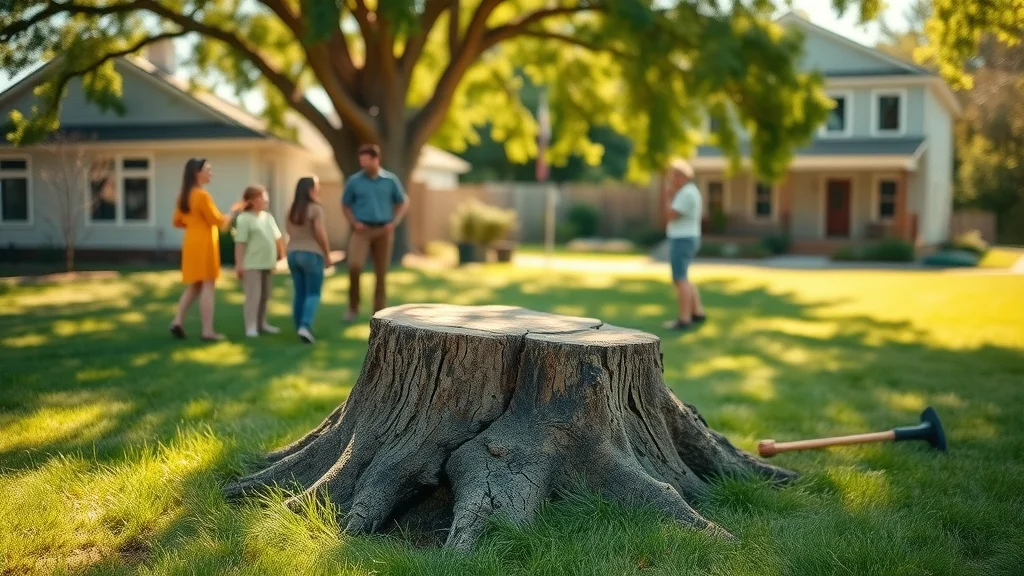

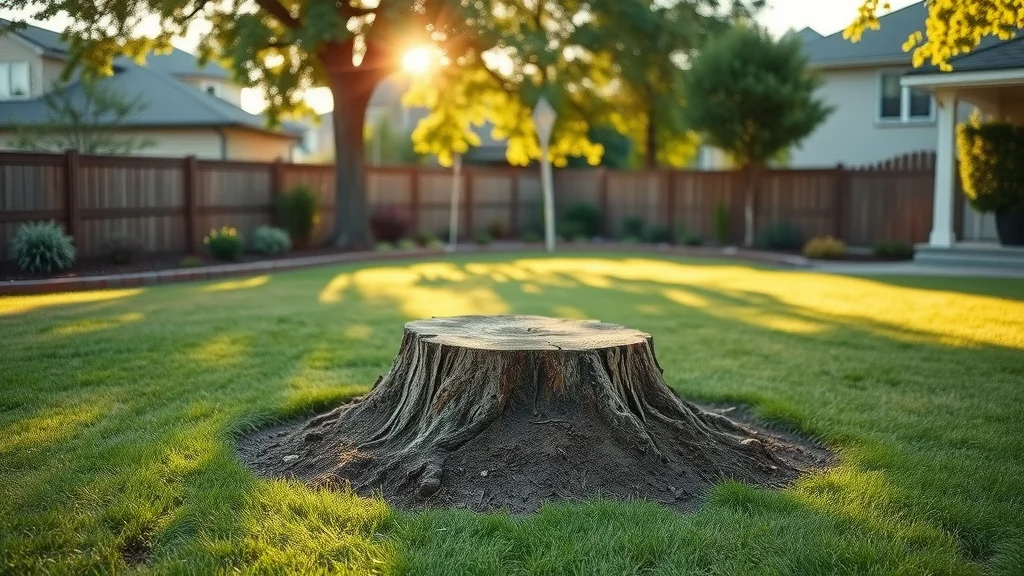
Write A Comment